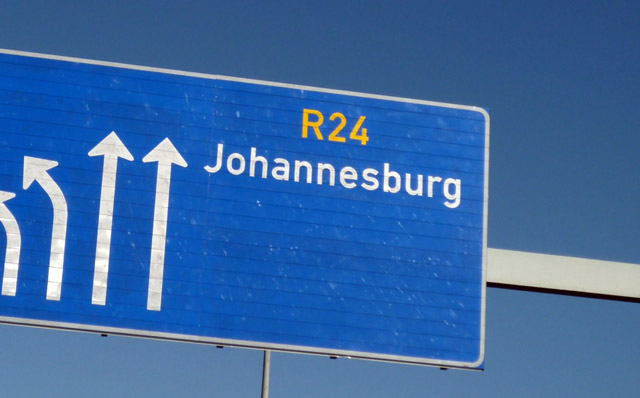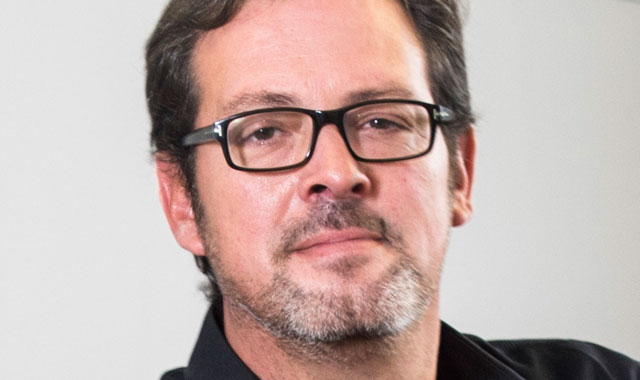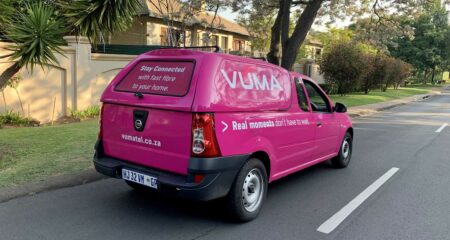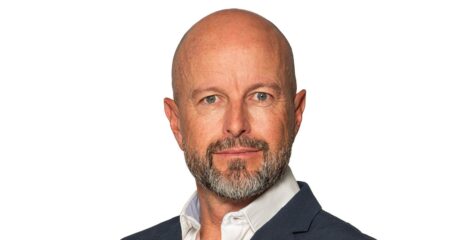
The uptake of fibre to the home (FTTH) in Johannesburg is proof that the days of 4Mbit/s ADSL connections are numbered.
Telkom, which had rolled out fibre to 38 000 households by August last year, has committed to raising that number to 500 000 by December 2016 and to a million homes by 2018.
Nevertheless, there are still many suburbs in Johannesburg that are not within Telkom’s immediate plans.
Telkom’s FTTH currently offers download speeds of up to 100Mbit/s, allowing you to download a 4,7GB DVD in less than seven minutes and a full music album in eight seconds. Unlike ADSL, fibre speed does not have an “up to” qualification. It guarantees you the maximum speed.
Despite FTTH being a substantially expensive business — Vumatel CEO Niel Schoeman says it would cost tens of billions of rand to bring fibre into every suburb in Johannesburg — more companies that install the infrastructure continue to enter the space, going into areas where Telkom has delayed or overlooked.
Vodacom and MTN both have FTTH divisions, while Cell C plans to launch its own offering in this quarter. MTN alone spent R3bn on the roll-out of national fibre in the year ended September 2015 and, according to MTN South Africa acting chief technology officer Sidney Arnold, more investment is anticipated for 2016.
“The number of suburbs with a fibre connection equates to 26% of the suburbs in Johannesburg,” says Arnold, “and the range of the fibre network is over 2 000km.”
Dark Fibre Africa has the largest fibre footprint in South Africa, leasing its networks to a wide range of Internet and telecommunications providers, and has shown that owning a fibre network is good business.
All the Internet service providers, including the likes of MWeb and Webafrica, pay rent to companies like Dark Fibre in order to offer fibre to their customers. The customer is not obligated to have a contract with the infrastructure developer, so it is also convenient for them. Meanwhile, Vumatel has rolled out fibre to 18 Gauteng suburbs and plans to surpass the 100 000 mark this year.
Price-wise, the charges vary. There is a once-off connection fee which ranges from R1 500 upwards and the monthly fees vary depending on the package and your chosen service provider. Metrofibre Networx head of FTTH Jacques de Villiers says its cheapest uncapped line, which is for 10Mbit/s, costs about R1 050/month. “Our capped equivalent goes for about R550. That’s for a 10Mbit/s line, capped at 20GB,” says De Villiers.
This is a lot cheaper than the amounts being bandied around this time last year. Juanita Clark, CEO of the FTTH Council Africa, says this is because fibre is becoming cheaper as companies share their infrastructure and spend less money on their own deployment.
Getting fibre in your area
“Unfortunately deployment of fibre is a slow process and it takes time,” Clark says. “By the time a company breaks ground, they have already made a massive investment.”
That is why companies need to do feasibility studies based on confirmed orders from people within the area before they can begin building the infrastructure into that area. The cost is not in the fibre itself, but in digging trenches in which the fibre cables are laid.
De Villiers says it costs R400/metre of fibre cable, and that is without the equipment at the front and back of the connection — the server, and the router on the customer side. He says that depending on the distance from an existing fibre network and the size of the area that needs to be covered, they could need an initial commitment of up to 40% of all the residents in order to go ahead with a project.

Says De Villiers: “You get the early adopters, who as soon as we approach them ask where they can sign. They can’t wait to get fibre. Then there are others who wait for something to happen, so when they see us digging up the roads and payment, then they sign up. Others will wait and see until their neighbours tell them how well it’s working. The last category is made up of those people who have ADSL contracts with various service providers that they can’t get out of, so they don’t sign.”
He says raising capital remains the biggest obstacle to the business model for fibre, which is why most of the uptake has been in affluent areas.
“Ninety percent of the technology that is used is imported, so you can imagine what impact the rand has had on fibre businesses. We have approved projects for R160m and we’re already doing a capital raise for R500m.”
That said, there are still many areas, such as Fourways, for example, that do not have fibre. De Villiers says this is because of the costs involved and perhaps a perception of limited affordability.
“If you have young couple who have bought a home for, say, R700 000, you aren’t necessarily going to be able to afford an extra R1 000 or so monthly for Internet,” says De Villiers.
Nevertheless, it is always possible as long as the residents and business owners in an area can come together. The Melville area has one such community which, despite not being among the most affluent of Johannesburg suburbs, will be getting fibre through Vumatel this year.
So, it is more a case of organising than anything else. If you live in a sectional title unit or an estate, speak to your body corporate and get assessments and quotes from various providers and choose the company best suited in terms of how it will affect the levy structure. For standalone homeowners, it is best to get in touch with the resident’s association in your community and find out what progress they have made because chances are, they are already considering it. Communities should register their wish to become an FTTH community at www.ftthcouncilafrica.com.
Residents should be aware that, even though fibre could offer many benefits, there are pitfalls. There have been many reports of water and electricity services being disrupted when the cable network is being laid in various areas. Other companies, like Fibrehood, have an aerial solution, where fibre is strung on poles on both sides of the road, but these can be an eyesore.
Says Vumatel’s Schoeman: “Although the roll-out can be disruptive, we are only in each community for about two months and take as much care as possible with the residents to minimise disruption. The long-term benefits of this future-proof technology far outweigh the initial disruption in the roll-out… The central suburbs of Johannesburg should all have fibre infrastructure within the next two years.”
- This article was first published on Moneyweb and is used here with permission




